What is Sara Udon?
Have you ever heard of Sara Udon (皿うどん)? It’s a mysterious Japanese dish with “udon” in its name, but there’s no udon noodle in sight. In Japan, we also call it “Kata (hard) Yakisoba (かた焼きそば)” or “Ankake (thick sauce) Yakisoba (あんかけ焼きそば),” which makes a lot more sense.
If you’ve ever had it, you’ll probably never forget the combination of the crispy noodle texture and the thick, savory sauce, right?

This unique creation hails from Nagasaki Prefecture, a region known for its unique approach to local cuisine. And there’s a good reason for that. While the rest of Japan was going its own way, Dejima in Nagasaki was the country’s only connection to the outside world. Foreign flavors poured in, and dishes with exotic twists started popping up left and right.
The story goes that some creative Chinese restaurant owner was facing a delivery dilemma with champon (a soupy noodle dish). The solution? He took inspiration from a Chinese noodle dish called Chā ròu sī miàn (炒肉絲麺) and cut back on the soup.

In Japan these days, if you want to make Sara Udon at home, most people just grab the pre-made special noodles from the supermarket.


It’s convenient, sure, but I don’t think you can easily find it outside Japan. So in my recipe, I’m going to show you something a little special. I’ll show you a method to make killer noodles using just ordinary ramen noodles!

Stay tuned for how!
Protein & Vegetable Ideas
As with Nagasaki champon, the best part about sara udon is how easy it is to customize. You can make it with whatever ingredients you have on hand or prefer. Here are the ingredients I used in this recipe, plus some popular alternatives to add to your dish.
Core Ingredients I Used:
- Thinly sliced pork (belly)
- Green cabbage
- Carrot
- Bean sprouts
- Kamaboko fishcake
- Boiled quail eggs

If you live in an area where all of these ingredients are easily available, try making them with the ingredients listed above. However, the following ingredients are also popular.
- Seafood options: Shrimp and squid are particularly traditional choices. You can also use a pre-mixed seafood mix from your grocery store as a convenient pork substitute. For the best of both worlds, try using half pork and half seafood-this combination creates an especially flavorful result.
- Alternative cabbages: Chinese cabbage (napa cabbage) is extremely popular in authentic versions! Its tender leaves absorb the flavorful sauce beautifully. That said, any variety of cabbage works wonderfully in this adaptable dish.
- Onion: If you enjoy the sweet-savory flavor onions bring, feel free to incorporate them as an additional ingredient.
- Boiled bamboo shoots: You can either include them as an extra ingredient or replace half the carrots with bamboo shoots for a more authentic touch.
- Sweet corn kernels: Recommended for those who appreciate a hint of sweetness in their savory dishes. The bright yellow kernels also add beautiful color contrast too.
- Rehydrated wood ear mushrooms: If you’re looking to add that characteristic crunchy texture, these mushrooms are gold!
I recommend trying out ingredients that are easy to find where you live. The great thing about sara udon is how you can tweak it to your liking while still getting that perfect balance of crispy noodles and tasty toppings.
Jump to Full Recipe MeasurementsVisual Walkthrough & Tips
Here are my step-by-step instructions for how to make Sara Udon at home. For ingredient quantities and simplified instructions, scroll down for the Printable Recipe Card below.
This section aims to provide a comprehensive overview of the cooking steps and techniques with visuals. It also includes more in-depth tips and tricks and explains why I do what I do.
First, soak 2 dried shiitake mushrooms (or 1 extra-large mushroom, or 3 small ones) in water for 30 minutes.

At the same time, mix thinly sliced pork belly with grated ginger and sake, and let it marinate for the same amount of time. Then cover and put them both in the fridge.

Use this waiting time to get your vegetables ready. Cut the cabbage into rough chunks, slice the carrots thinly, and finely chop the garlic and ginger. This will save you time once the cooking begins.

Next, decide whether you’ll use store-bought sara udon noodles or make your own version from ramen noodles.

If you have access to a well-stocked Japanese grocery store nearby, check out the “Nagasaki Sara Udon” packages – these contain pre-fried crispy noodles.
If you’re making your own crispy noodles, boil the ramen noodles a little less than what the package says.
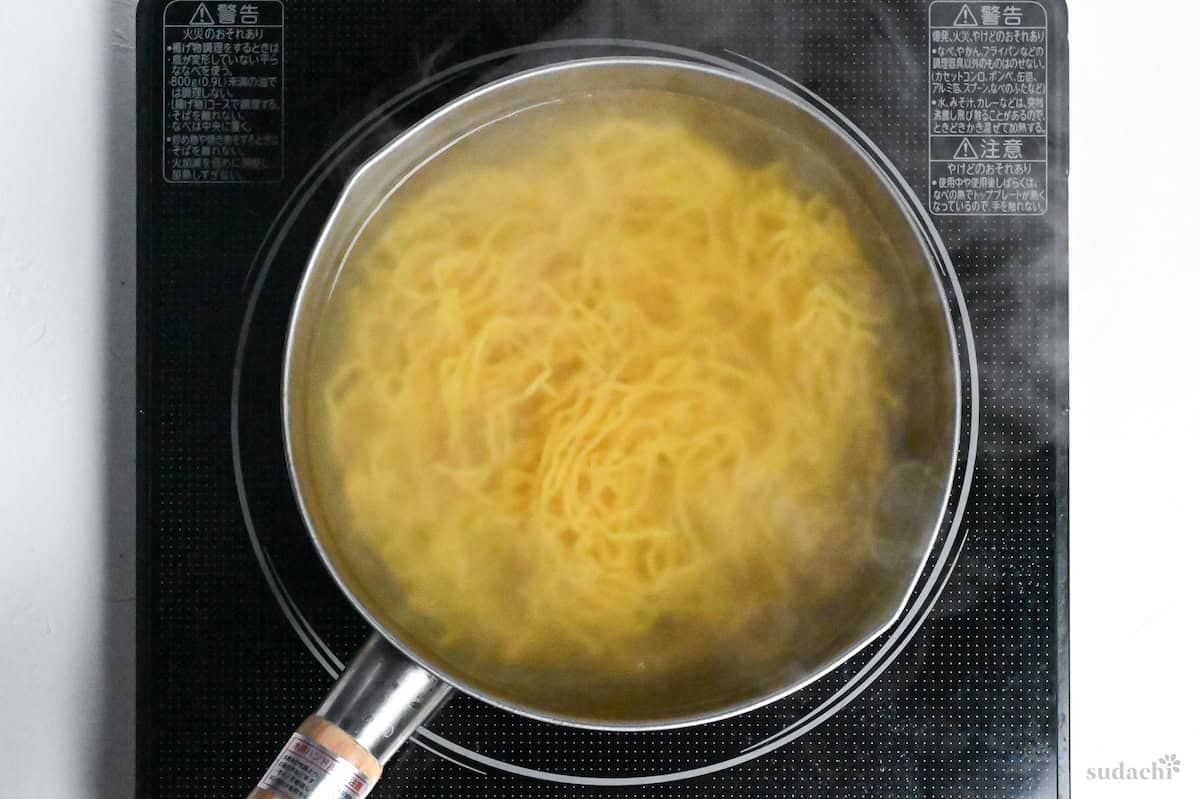
Drain them thoroughly and rinse them with warm water to get rid of the extra starch.
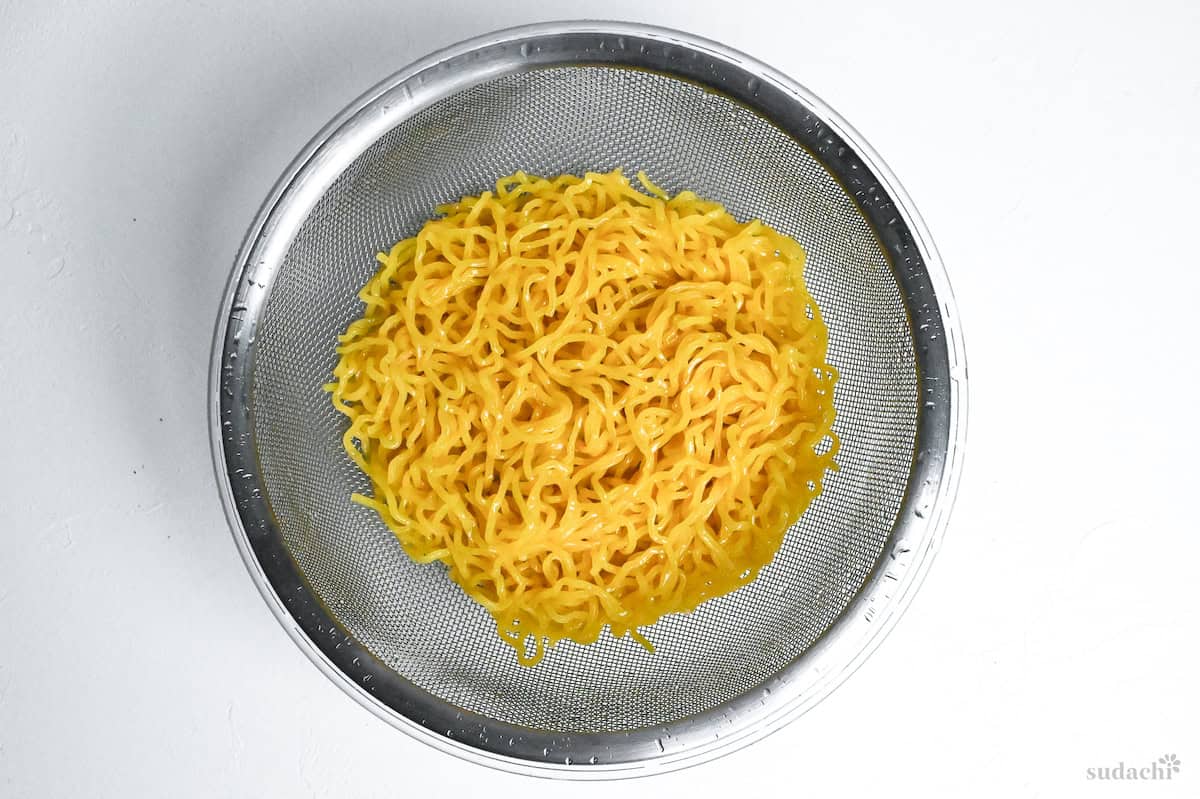
After draining the noodles completely, transfer them to a bowl and toss with sesame oil. This coating ensures even crisping and prevents sticking during the frying process.

Heat up a non-stick frying pan over medium heat, add the coated noodles, and cook until crispy on both sides – about 4-5 minutes on each side, but keep in mind that this might vary depending on your stove and pan.


Even well-seasoned cast iron pans will cause boiled ramen noodles to stick. The non-stick surface is crucial for achieving that perfect crispy texture without tearing the noodles – a detail that makes all the difference here!
After the shiitake mushrooms have rehydrated, remove the stems and slice the caps into thin strips. Combine these with your sauce ingredients and mix well.

Using the rehydrated dried shiitake creates a deeper umami to the dish.
Heat a small amount of oil in a wok or large, deep frying pan. Sauté the garlic and ginger until aromatic.

Add the marinated pork and stir-fry until the color changes, seasoning lightly with salt and pepper.

When the pork is no longer pink, add all vegetables except the bean sprouts with another pinch of salt and pepper, continuing to stir-fry until the cabbage softens slightly.

Pour in your prepared sauce, along with the boiled quail eggs and bean sprouts, and then simmer for three minutes.

While that’s simmering, make a slurry by mixing potato starch and water. This technique creates the silky, thickened sauce that makes sara udon stand out.
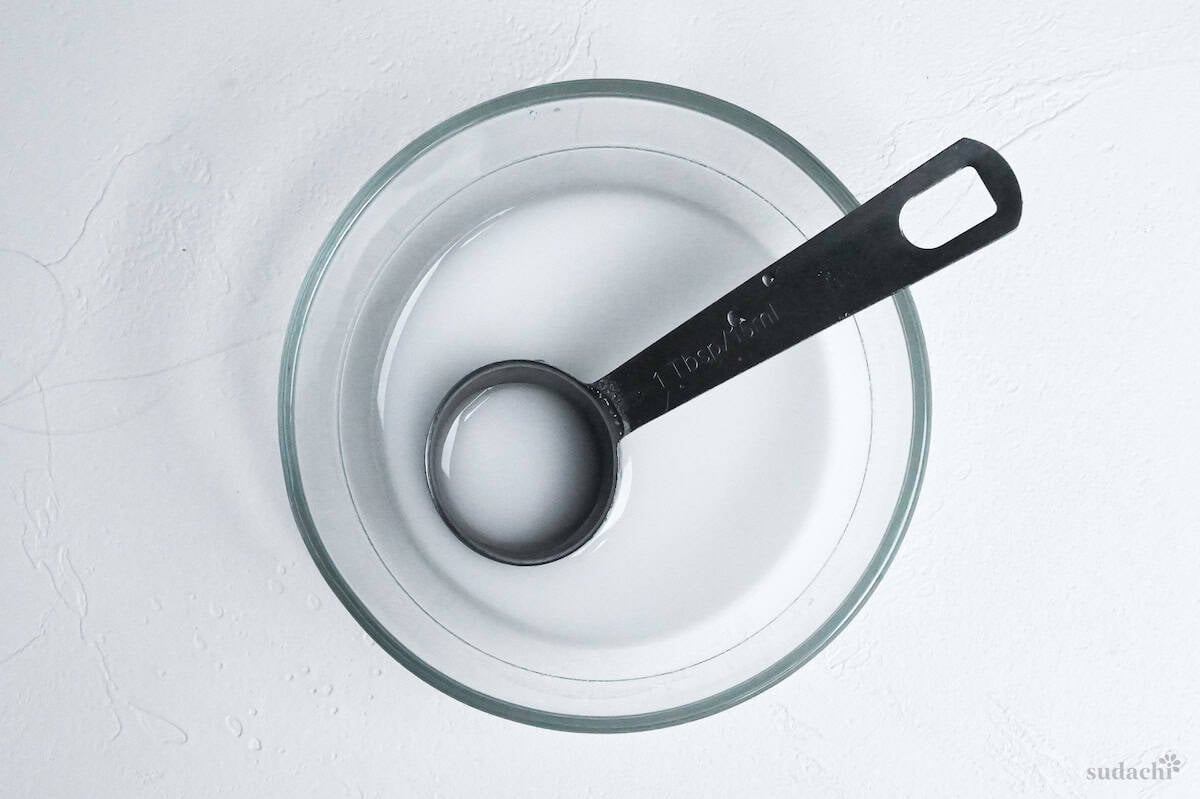
After simmering, mix the slurry well and pouring it to the wok, stirring continuously until the mixture thickens – about 1 minute.

The thickness of your sauce is crucial. It should coat the back of a spoon but still flow easily. If it becomes too thick, add a small amount of water. If too thin, prepare a little more slurry.
Once thickened, turn off the heat and finish with a light drizzle of sesame oil for added aroma.
Arrange the crispy noodles on individual plates and top with the savory mixture.

Eat immediately while the noodles are still crispy – the contrast between the crunchy noodles and the savory, slightly thickened sauce is what makes this dish so uniquely satisfying.

And actually, if you put this mixture on cooked rice instead of noodles, it becomes “Chuka don.” Give it a try sometime too!
Jump to Full Recipe MeasurementsI hope you enjoy this Sara Udon recipe! If you try it out, I’d really appreciate it if you could spare a moment to let me know what you thought by giving a review and star rating in the comments below. It’s also helpful to share any adjustments you made to the recipe with our other readers. Thank you!
More Japanese Noodle Recipes
Hungry for more? Explore my noodle recipe collection to find your next favorite dishes!

Sara Udon (Kata Yakisoba)
Ingredients
- 2 dried shiitake mushrooms
- 350 ml water
- 150 g thinly sliced pork I used pork belly
- 1 tsp grated ginger root
- 1 tbsp sake
- ⅛ green cabbage or Napa cabbage, about 125g/4.5oz
- ½ carrot thinly sliced
- 5 slices kamaboko fish cake roughly cut
- 1 clove garlic finely diced
- 1 thumb ginger root finely diced (approx 1 tbsp)
- 2 ptns ramen noodles or store-bought fried sara udon noodles
- 2 tbsp toasted sesame oil
- 100 g bean sprouts
- 6 quail eggs pre-boiled
- 1 tsp cooking oil
- 1 pinch salt and pepper
- ½ tbsp toasted sesame oil to finish
Sauce
- shiitake dashi leftover from soaking shiitake mushrooms
- 2 tbsp sake
- 1 tbsp Japanese soy sauce (koikuchi shoyu)
- ½ tbsp oyster sauce
- 1 tsp sugar
- 1 tsp Chinese-style chicken bouillon powder
- ¼ tsp dashi granules
- 1 tbsp potato starch (katakuriko) to make slurry
- 3 tbsp water to make slurry
My recommended brands of ingredients and seasonings can be found in my Japanese pantry guide.
Can’t find certain Japanese ingredients? See my substitution guide here.
Instructions
Preparation (approx 35 minutes)
- Soak 2 dried shiitake mushrooms in 350 ml water for 30 minutes.

- Place 150 g thinly sliced pork in a bowl with 1 tsp grated ginger root and 1 tbsp sake. Mix well, cover and refrigerate for 30 minutes.

- Use this time to prepare the vegetables. Roughly cut ⅛ green cabbage, thinly slice ½ carrot, roughly cut 5 slices kamaboko fish cake, and finely chop 1 clove garlic and 1 thumb ginger root.

- If using ramen noodles (instead of crispy sara udon noodles), boil 2 ptns ramen noodles for a little less time than the packaging states. Drain and rinse with warm water to remove excess starch.

- Shake thoroughly to remove excess moisture, then place them in a bowl and toss with 2 tbsp toasted sesame oil until fully coated.

- Heat a non-stick pan on medium. Once hot, add the noodles and fry until crispy on both sides (approx 4-5 minutes on each side). Avoid mixing them too much as this can prevent them from crisping up.

- Once crispy, transfer the noodles to serving plates.

- After 30 minutes, remove the rehydrated shiitake mushrooms from the liquid, this is now shiitake dashi – save this for the next step. Cut the stems off of the shiitake and thinly slice the caps before placing them with the other vegetables.

- To the shiitake dashi, add 2 tbsp sake, 1 tbsp Japanese soy sauce (koikuchi shoyu), ½ tbsp oyster sauce, 1 tsp sugar,1 tsp Chinese-style chicken bouillon powder and ¼ tsp dashi granules. Mix well and set by the stove.

Cooking
- Heat a wok on medium and drizzle in 1 tsp cooking oil. Sauté the finely chopped garlic and ginger until fragrant.

- Add the marinated pork and sprinkle with 1 pinch salt and pepper. Fry until lightly browned.

- Once the pork is no longer pink, add the cabbage, carrot, kamaboko and shiitake mushrooms. Add another 1 pinch salt and pepper and stir fry until the cabbage has softened slightly.

- Pour the sauce into the wok and add 100 g bean sprouts and 6 quail eggs. Mix well and simmer for 3 minutes. While you wait, mix 1 tbsp potato starch (katakuriko) and 3 tbsp water in a small bowl to make a slurry.

- After 3 minutes, pour the slurry into the wok and stir over the heat until the mixture is slightly thick and glossy, but still pourable. If it becomes too thick, add a little water to loosen it.Once thickened, drizzle with ½ tbsp toasted sesame oil and remove from the heat.

- Pour the mixture over the top of the plated crispy noodles, and serve immediately. Enjoy!

Notes
- Use a large deep frying pan or wok for optimal cooking.
- For a more authentic touch, use half pork and half seafood mix instead of all pork.
- Consider adding napa cabbage (instead of green cabbage), sweet corn, or wood ear mushrooms as additional ingredients.
- Paring ideas: cucumber pickles, spinach ohitashi, or cold green tea.
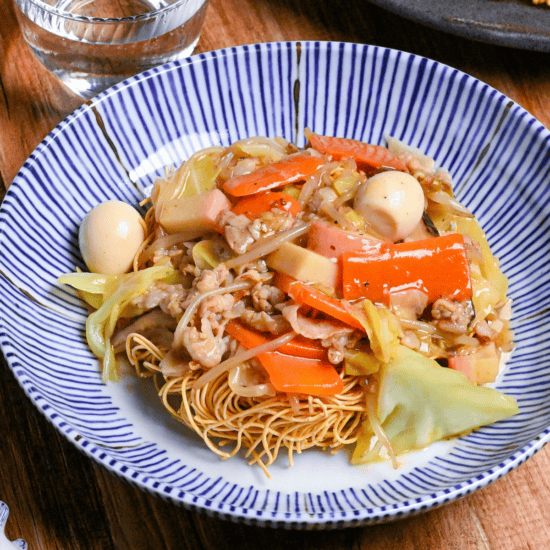


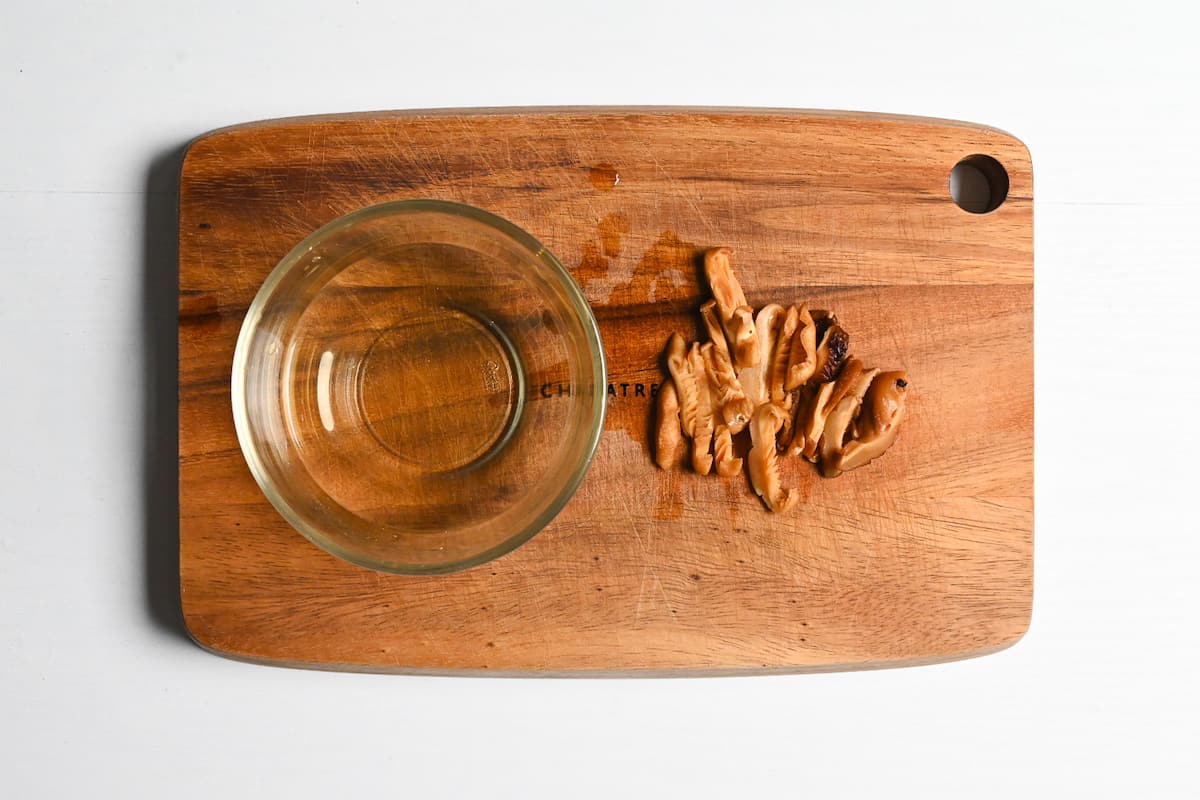
Leave a rating and a comment